There have been several attempts at innovation in the world of AR and spatial computing, perhaps the most famous of which was Google's ambitious but ultimately failed Google Glass. However, nearly a decade later, a new competitor has entered the field: the Apple Vision Pro, which was announced at WWDC in 2023.
Google Glass and Apple Vision Pro are two AR or VR devices with different concepts, which differ in their design concepts, functions, application scenarios and so on.
1. Design Concept
Google Glass is a smart glasses developed by Google that aims to provide a way to access information without a handheld device by projecting information directly into the user's field of view, such as notifications, navigation, search results, etc. The user experience of Google Glass is more focused on the quick acquisition and processing of information.
The Apple Vision Pro is an innovative headset that represents Apple's latest foray into AR and VR. By instantly capturing real-world images and rendering them, it enables users to switch freely between virtual and real images. It is defined as a spatial computing device, meaning that the user's entire space can become an interactive interface, providing users with a richer visual and interactive experience and enabling users to interact with virtual content at a deeper level.
2. Application Scenario
Google Glass is positioned more as an assistive tool for daily life and work scenarios, such as in industry, healthcare, and education, helping users access information without distraction.
Apple Vision Pro, on the other hand, is more focused on providing an immersive experience and may be suitable for areas such as entertainment, gaming, design and creative work, which allows users to interact with virtual objects in the real world to create a whole new experience.
3. Release Time
Google Glass debuted in 2013 at a price of $1,500, but was later announced to stop selling to consumers in 2015 due to privacy and acceptance concerns. It then moved on to the Enterprise market, announcing the Google Glass Enterprise Edition 2 in 2020. However, in March 2023, Google Glass Enterprise Edition stopped selling.
Apple Vision Pro was released at WWDC 2023 and it represents Apple's latest attempt in the AR/VR field.
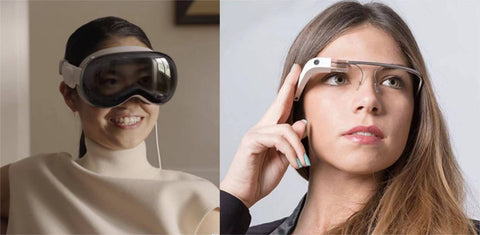
4. Market Impact
Although Google Glass has shown potential in technology demonstrations and in certain professional fields (such as medical and manufacturing), it has not been well accepted in the consumer market. This is partly due to its high price, limited functionality, and public concerns about privacy and social etiquette.
As Apple's first headset, the release of the Apple Vision Pro could have a significant impact on the AR/VR market, pushing the technology towards wider adoption and consumer acceptance. Apple's Vision Pro is more expensive, but in contrast to Google Glass, Apple is targeting the enterprise market rather than the general consumer market, so price is not a major obstacle.
5. Functional Features
- Augmented Reality (AR) Display:
Google Glass provides a small, transparent display in front of the user's right eye that can display a variety of information, such as the time, weather, notifications, navigation instructions, and more. Users can interact with it via voice commands or a touchpad.
- Camera:
The device is equipped with a camera that allows the user to take photos or videos, which is useful when recording life moments or making video calls.
- Voice Control:
Google Glass supports voice recognition, allowing users to control the device by saying specific commands, such as "Ok Glass" to activate voice commands.
- App Support:
Developers can create applications for Google Glass that offer a variety of features, such as real-time translation, social network integration, health tracking, and more.
- Privacy Concerns:
Google Glass has sparked a debate about privacy since its release, as its camera can shoot without drawing attention to itself, which has raised public concerns about privacy violations.

Apple
- Mixed Reality (MR) Experience:
The Apple Vision Pro is more than just an AR or VR device, it combines features of both to provide a mixed reality experience. This means users can see and interact with virtual objects in the real world while maintaining a sense of their surroundings.
- Advanced Cameras and Sensors:
Equipped with multiple cameras and advanced image recognition technology, Apple Vision Pro instantly captures and renders real-world images for a more immersive experience.
- Spatial Computing:
The Apple Vision Pro is defined as a spatial computing device, meaning it is able to understand and map the user's physical space and seamlessly integrate virtual content into it. This makes the user's room and surroundings part of the interactive interface.
- Interaction:
The Apple Vision Pro supports a variety of interaction methods, including gesture control, voice commands, and eye-tracking technology.
- Privacy and Security:
In terms of privacy issues, Apple has always emphasized user privacy and data security, and its commitment to user privacy has been fully confirmed, which helps alleviate some of the concerns that have plagued Google Glass.
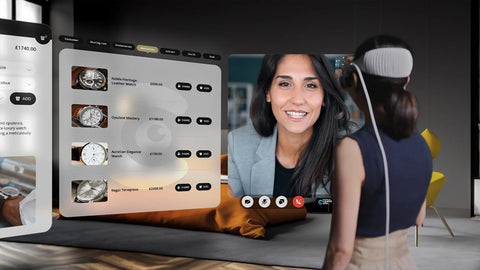
The development of Google Glass has experienced ups and downs, but its application in certain professional fields continues to shows its value. With the powerful application of computer vision technology, Apple's Vision Pro has potential success opportunities in the field of spatial computing. Apple is expected to succeed in areas where Google Glass has failed.

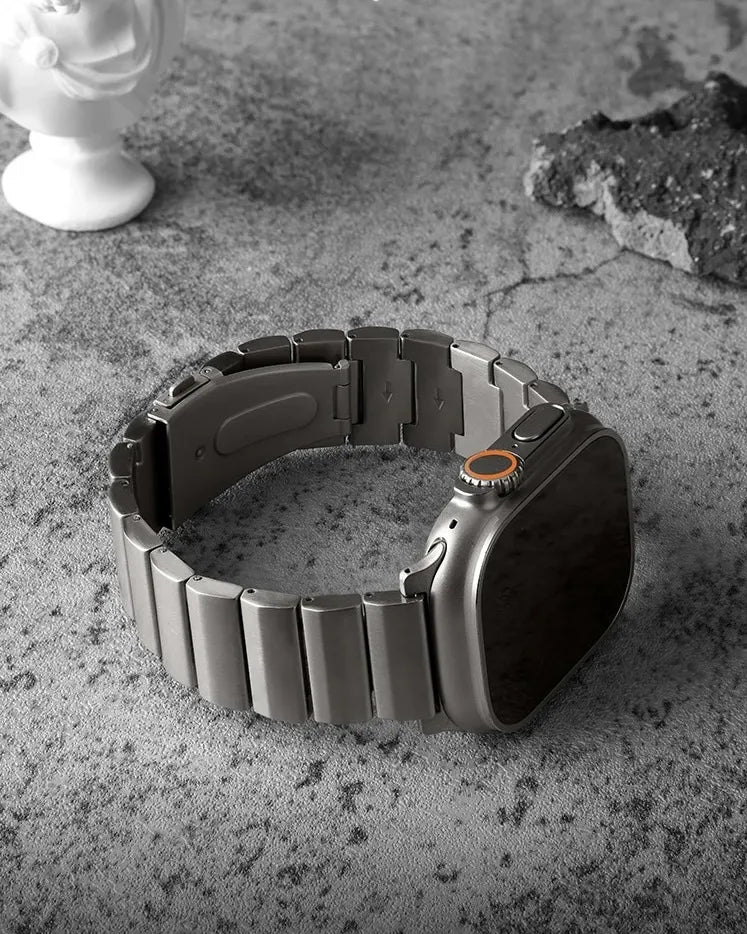
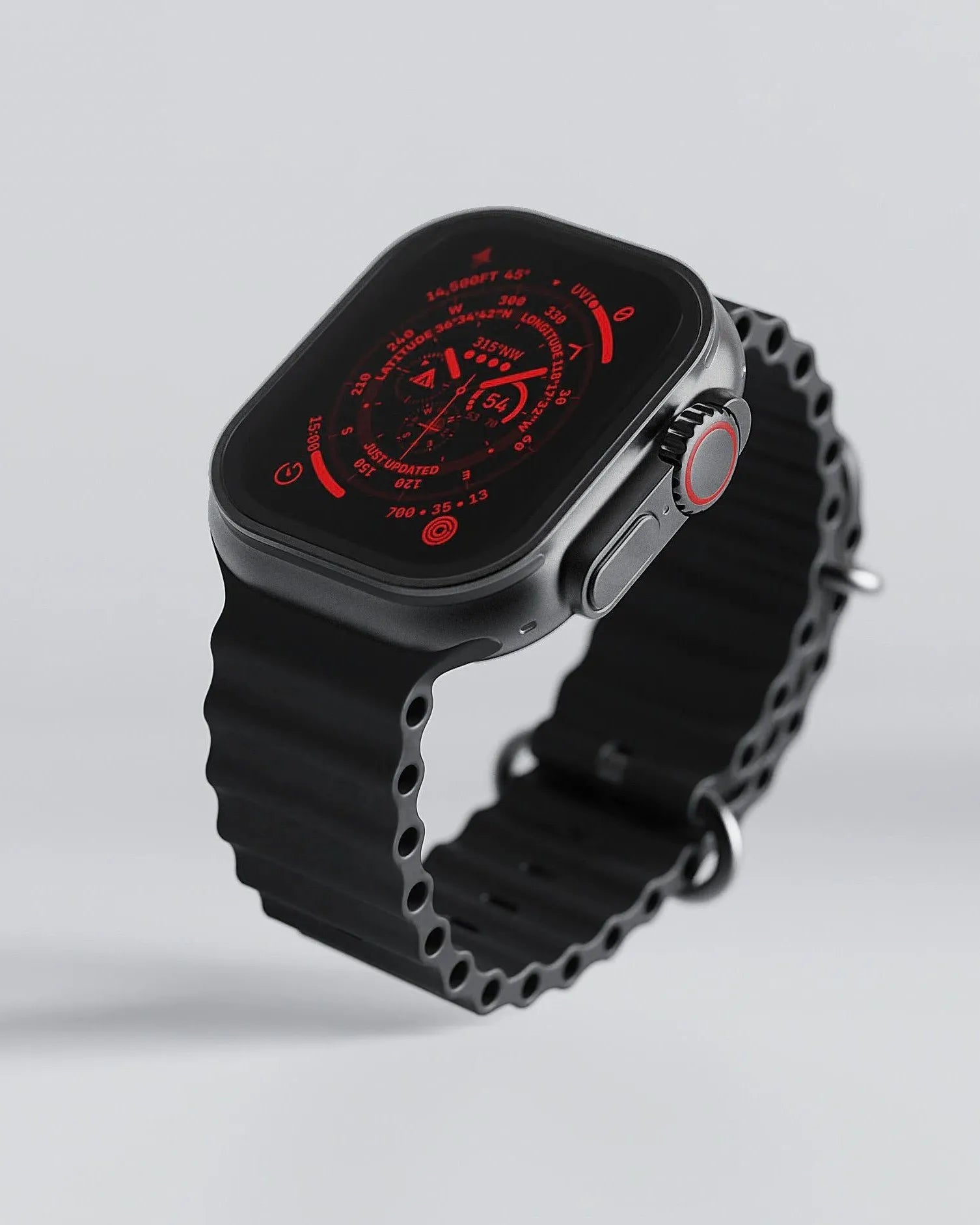
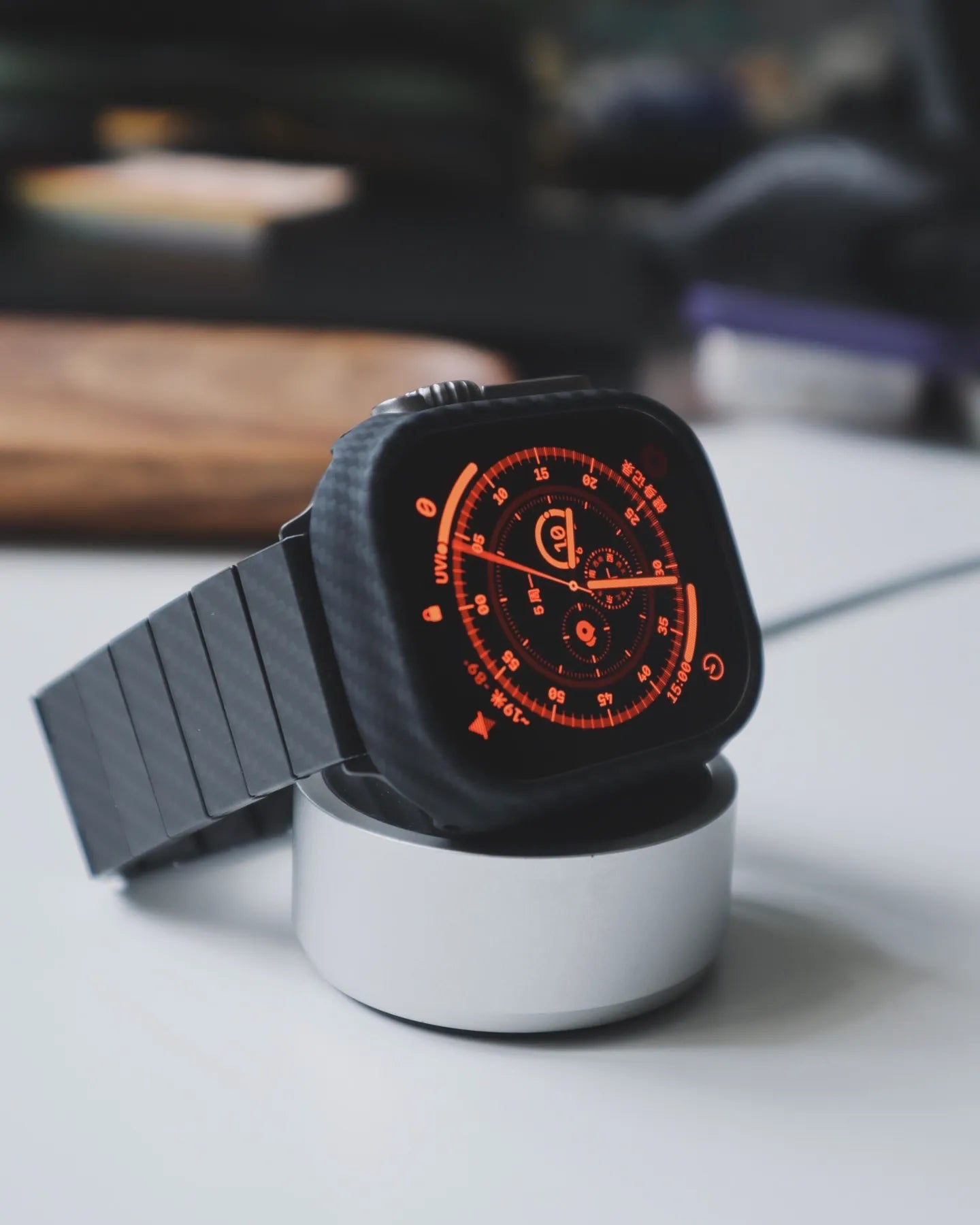
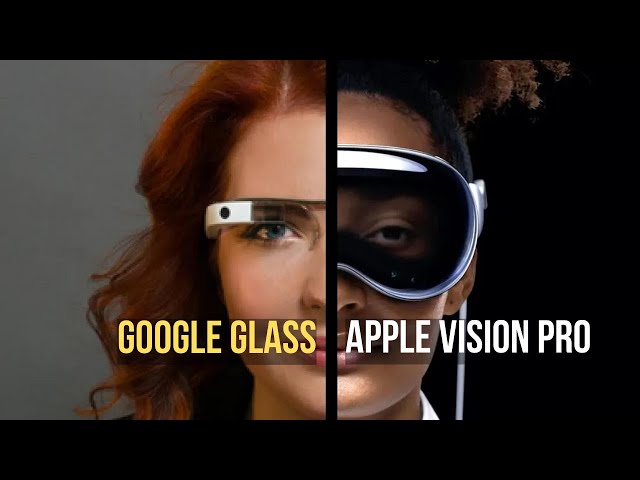
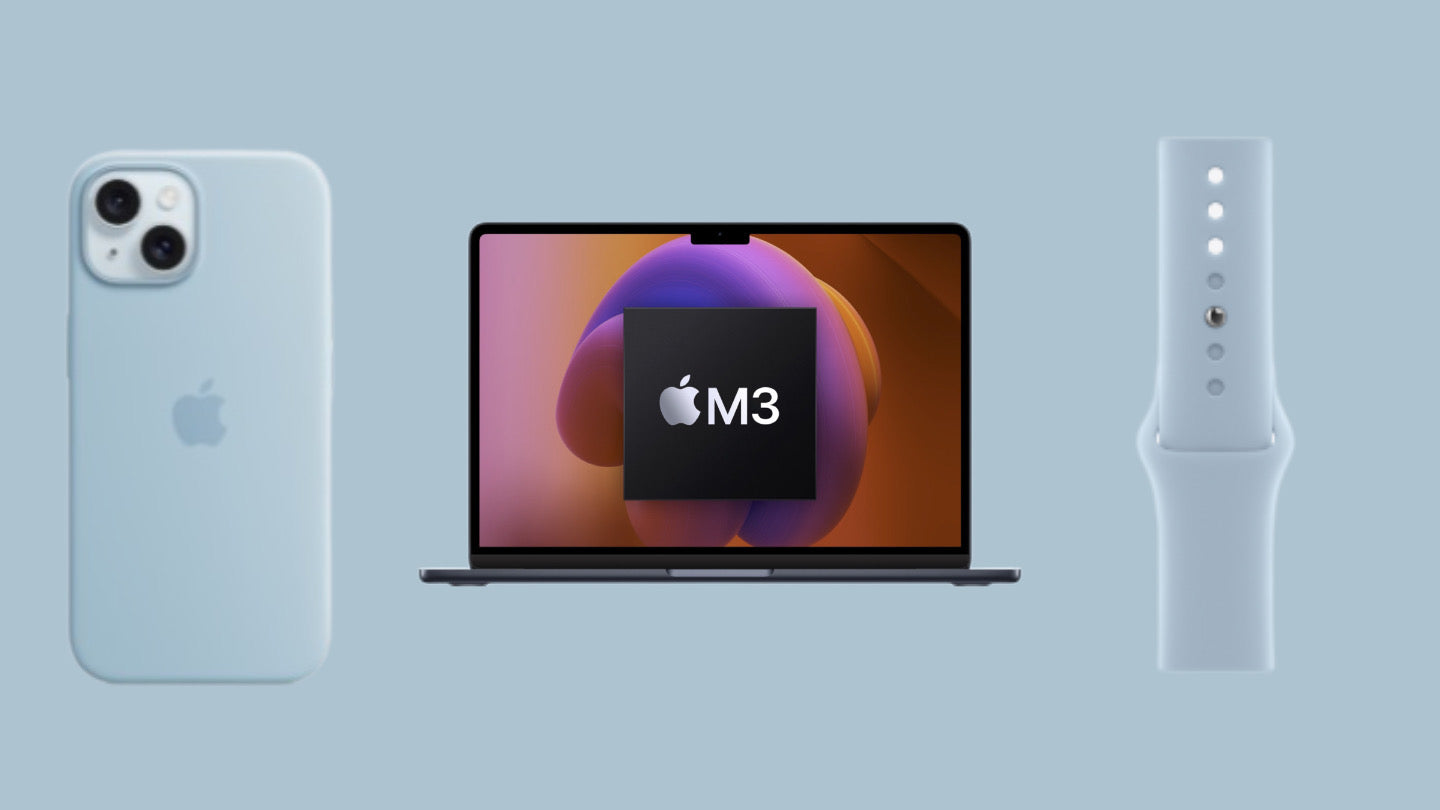
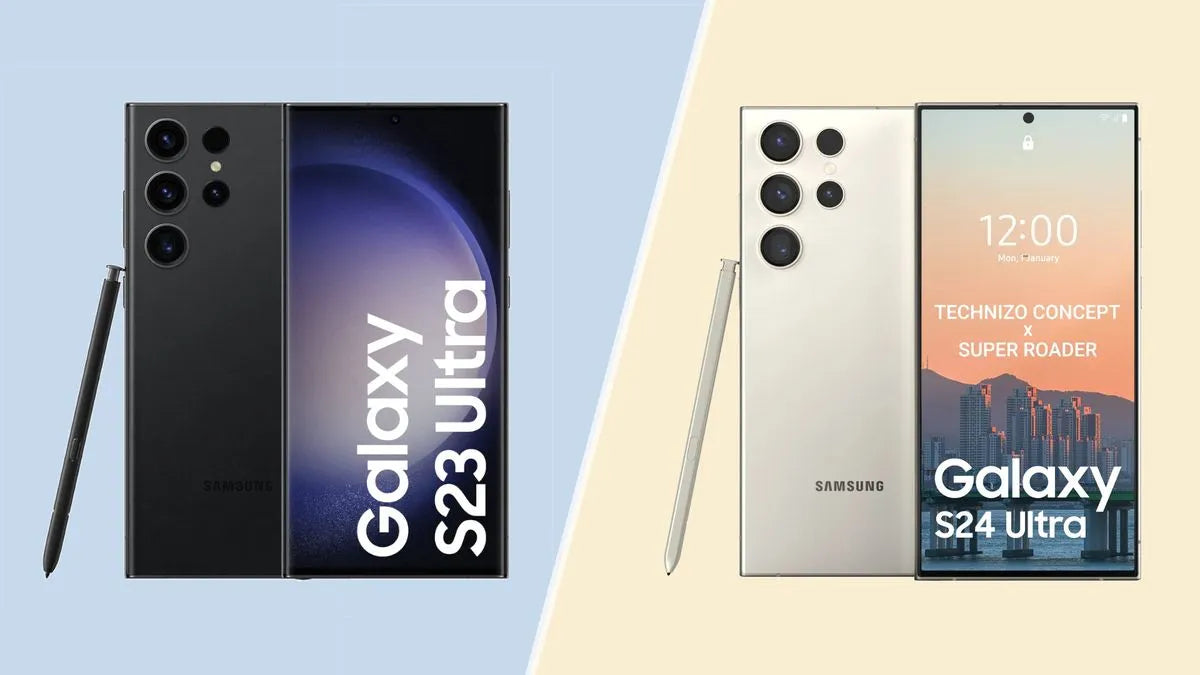
Leave a comment
This site is protected by hCaptcha and the hCaptcha Privacy Policy and Terms of Service apply.